
History of Qinghai-Tibet plateau
The history of Qinghai-Tibet Plateau is very interesting. The Qinghai-Tibet plateau used to be a part of the ancient sea, but became land when the waters receded during the late Eocene Epoch about 10 million years ago. The rise of the Himalayas, and behind the towering mountain ranges the Tibetan Plateau, was one of the greatest events in world geological history.
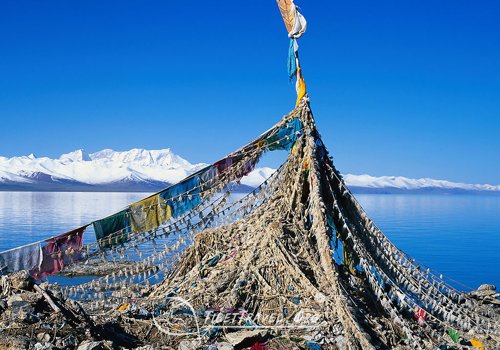
Although it this occurred somewhat during the Cenozoic Era, the origins cam be traced back the Mesozoic and Paleozoic eras. According to the continental drift theory, the Indian continental plate drifted northward and came into violent collision with the Eurasian Plate. As the land was forced upwards, the ancient seas drained off to the east and west to expose what became the Qinghai-Tibet Plateau.
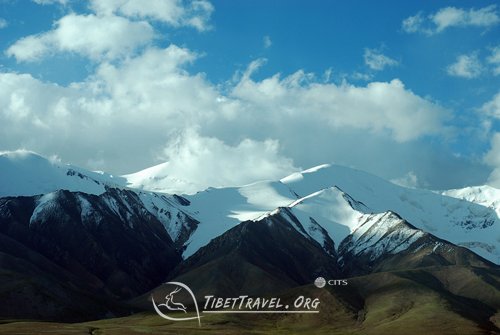
The Himalayas have been rising ceaselessly. The average elevation was about 2,000-2,500 meters, with a few peaks rising to 3,000 meters or so during the Pliocene Era about 10 million years ago. At this time the Qinghai-Tibet Plateau even had a period of tropical and semi-tropical climate. Until three million years ago, the Himalayas never rose above a height of 4,500-5,000 meters.
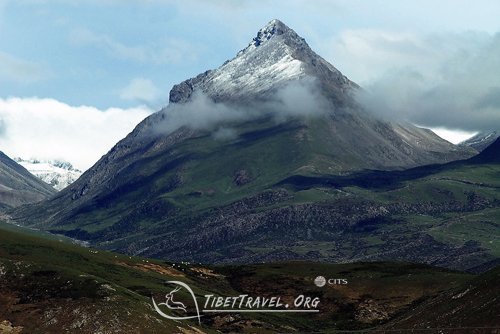
Subsequently, because the mountains continuously grew and continued to rise towards the sky, forming the lofty mountain body barrier of the Himalayas that we know today, the warm and wet monsoon air from Indian Ocean could no longer pass through and that drastically altered the natural environment of the southern and northern slopes of mountain ranges. Great changes took place in terms of animal and plant life and the climate. While the late Ice Age and Middle Ice Age climatic patterns emerged frequently, the Plateau climate developed continuously in the direction of dry and cold weather.

The Tibet Plateau has a human-inhabited history of at least 50,000 years. Stone implements of the late Paleolithic Era were found in the eastern, southern and northern parts of the plateau; the ruins of the Neolithic Age were even richer, like the famous Karub ruins in Qamdo, Lhasa Gongqu Village ruins and so on. The Tibetan ethnic group are the descendants of those ancient people, who lived in Qinghai-Tibet Plateau during the Neolithic Age.
Now, the Qinghai-Tibet Plateau becomes more famous world widely for the world's highest railway, Qinghai-Tibet Railway, through which travelers can enjoy an amazing Tibet train tour to Lhasa from Beijing, Shanghai, Chengdu, Xining and other cities of China.

With exceptional passion and outstanding leadership, Mrs. Catherine has dedicated herself to Tibet inbound tourism and China tour for 15 years. As one of the handful females who see great potential of Chinese inbound tourism, Catherine has made great contribution to promoting Tibet tourism and enhancing the employment of Tibetans and prosperity of local Tibetan community.
Over the years, she travelled overseas with Tibet Tourism Bureau many times to promote Tibet tourism. Currently, Catherine works as the marketing director of Tibet Vista, an opinion leader behind the whole team of Tibet Vista.
Related Articles & Posts

Latest Tibet Travel News

Tibet Vista: A Social Responsible Tour Organizer
Aug 14,2023

Tibetan Monks Debate in Drepung Monastery
Jun 10,2023
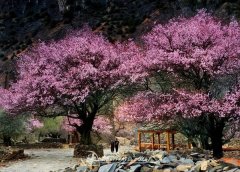
Tips for Traveling to Tibet in Spring
Feb 17,2022
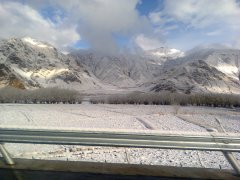
Snow Will Hit Qinghai-Tibet Plateau
Feb 17,2022


.jpg)




0 Comment ON "History of Qinghai-Tibet plateau"